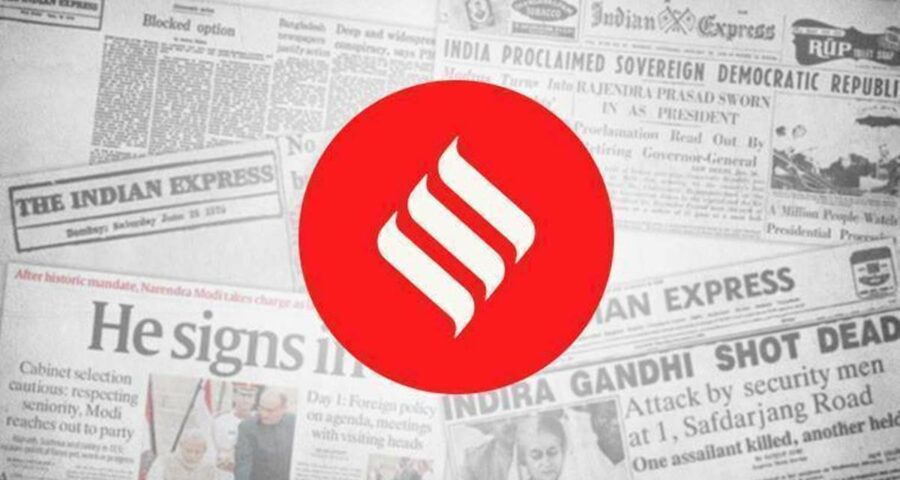Shankha Ghosh was a quintessential representative of the modernist school that succeeded Tagore in Bengali poetry
The passing of Shankha Ghosh, 89, lost to COVID-19, marks the end of a generation of Bengali poets who captured the cadences of the land and the language in all its colloquialism. But this encapsulation was never a simplification. It sparkled with a rare understanding of the intellectual and visceral pulse of his milieu.
Born in Chandpur, now in Bangladesh, in 1932, Ghosh was a quintessential academic, his works on Tagore as seminal as his poetry. He was a critic and a storyteller; a linguist interested in etymology. But it was in poetry that his genius most manifested itself. After the first flush of modernism in Bengali literature that came with writers and poets such as Jibanananda Das, Buddhadeva Bose, Bishnu Dey and Samar Sen, the birth of the little magazine Krittibash in 1953 ushered in a new wave. Meant as a platform for upcoming poets, it nurtured poets such as Ghosh, Shakti Chattopadhyay, Sunil Gangopadhyay, Utpal Kumar Basu, Samarendra Sengupta and Binoy Majumdar, who forged a new identity for contemporary Bengali poetry, one that sought a deeper engagement with middle-class preoccupations — employment, politics, ambition, idealism and love — and a more cosmopolitan idiom for their verse. In collections such as Dinguli Raatguli (Days and Nights), Panjore Dnarer Shabdo (The Sound of Oars in My Ribs), Murkho Boro, Samajik Noy (A Fool and an Unsocial), Mukh Dheke Jay Bigyapone (The Advertisements Hide My Face) and Babarer Prarthana (Babar’s Prayer), Ghosh broke out with his experiments in meter and theme, writing with aplomb on love and capitalism, communal violence and the process of ageing.
There are numerous instances of the unflagging political humanism of the self-effacing poet, who turned up in congregations to protest the 2002 Gujarat riots and the violence in Nandigram in 2007, who wrote against the Citizenship (Amendment) Act and the murders of public intellectuals. But, perhaps, what Ghosh most represented for his readers was a mirror in which they could see themselves unvarnished — sometimes in love, sometimes, in need of redemption.
Source: Read Full Article


